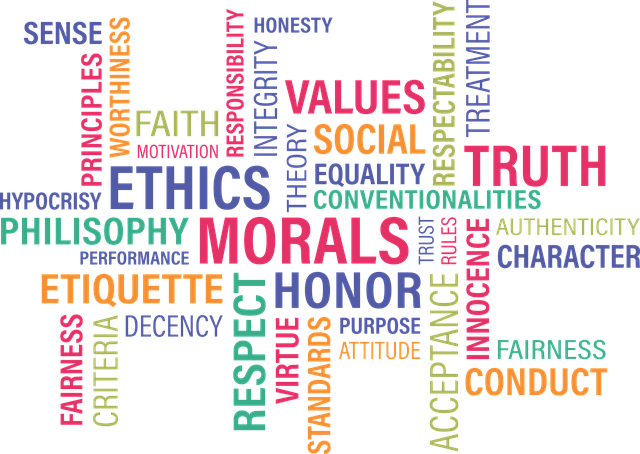Our Wikispace reminds me of my over stuffed parents’ attic. Among all the “once cool/relevant but now outdated” stuff are gems that got lost in the noise.
In the process of updating a few Wiki pages, I stumbled upon our “Guiding Principles” page and, in rereading, realized it’s well worth exposing to the light once again.
Due to the size, I’ll post in three parts, so your scrolling finger doesn’t get jammed.
Software Principles:
- Simple. Simple gets used.
- Students are the primary customers. Schools are secondary. Student desires come before school desires (right up to the simple line). If students don’t use it, the rest is moot.
- Open standards. Users should be free to roam with their data.
- APIs instead of build in house.
- Work in the open. Network = learning and adoption. Adoption trumps secrets. (And secrets aren’t as smart as what’s already in the open.)
- Features must fight for their lives to be included.
Generally, we like and credit 37signals’ “Getting Real” available here.
Assumptions:
These are broad based and not as set as principles. It’s useful to list assumptions, just to be clear on the thought behind the system. Some of these are more controversial than others. Some were controversial when we started and are not anymore. Some we believe wholeheartedly. With others, we just needed to pick a side.
On Social Networking and Education:
- Education is social.
- Social Networks are the new social method. They are here to stay.
- Therefore, schools belong in social networking. (See recent studies**.)
- Staff and faculty belong on Facebook. They need to play nice. They need to not act like parents. Training is needed. So is emotional intelligence with a digital native twist.
- Students will come to embrace the blend of education and social contexts. They need both, and they value convenience; one-stop shopping. (This assumes education acts politely, a BIG caveat.) NASPA’s “Learning Reconsidered” supports this context blend from the school’s side.
- Social networking specifically, and the internet in general, has flattened hierarchies.
- Learning is now about flat networks, peer-to-peer, and collaboration in any information vector.
- Walled gardens are nice for some things, just not higher education. Education needs to get away from ivory towers – it should not try to limit its students, but instead should compete on an open playing field. (Concretely: Elgg is cool. Ning is cool. Students are still, and should be, on Facebook. The students’ networks, and their information, should be free to roam in the real world. The dangers of this are overstated, the opportunities are endless. And, importantly, they won’t, and shouldn’t have to, log in to places that provide little value. So good luck competing with Facebook if you’re in house, SNS isn’t really clear on value and really easy to use.)
- There will be a suite of web 2.0 tools on Facebook, et.al. They will beat out Blackboard. Google will gobble.
On Colleges
- As information becomes a free commodity with a very short shelf life, schools will be places for teaching values, building networks, and fostering engagement. The “content” will be a distant 5th on the value proposition.
- A college needs to be a blend of top down and bottom up organization. (Bottom up, while very real world and idealistic, does not suffice for the majority – see pre-frontal, train surfing, and yes there is friction here with the “no-hierarchy” above.)
- School should be similar to Wikipedia. “Experts” competing on more or less open ground with the mob – a mob that has to research and reference to be credible.
- Control of tools, information, and organization exists on a continuum and the pendulum needs to swing towards the students. (In fact, it is swinging that way because the students have the tools. Schools need to work with this fact.)
- The school, like the parents, must prepare the students to handle ambiguity, chaos, and increasing amounts of responsibility. It’s a tricky balance. That’s life.
- Colleges are coasting on social tradition. The early adopter types use them for their networks and then move on, often without waiting for permission or unnecessary validation. (The degree is rapidly losing its cachet with trend setters.)
- Colleges need to reposition themselves: change up their business model, offering and value proposition. This might take a long time. No one will die because of it, though much student potential will be wasted while we wait.
On Communication
- Relevance is paramount.
- Good communicators should embrace filters and empower their receivers. This means schools should give students tools to selectively filter them out (with exceptions only for emergencies.)
- Communication will follow the social graph. (Relationship = Influence) This is why text messaging is still cool and students use Facebook to communicate. Schools need to build trust and relationship. SPAM is a slap in the face. Requiring students to read email spam to get required information is really obnoxious.
Stay tuned for Part 2.

